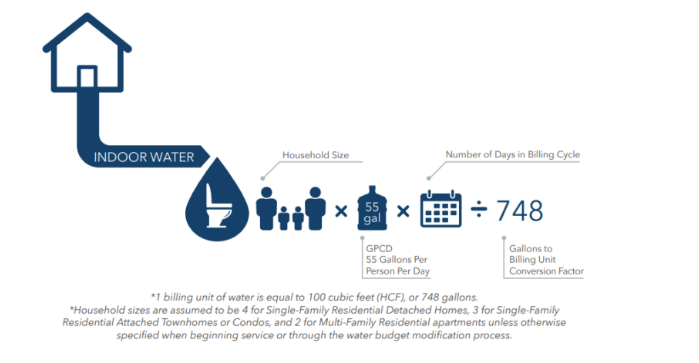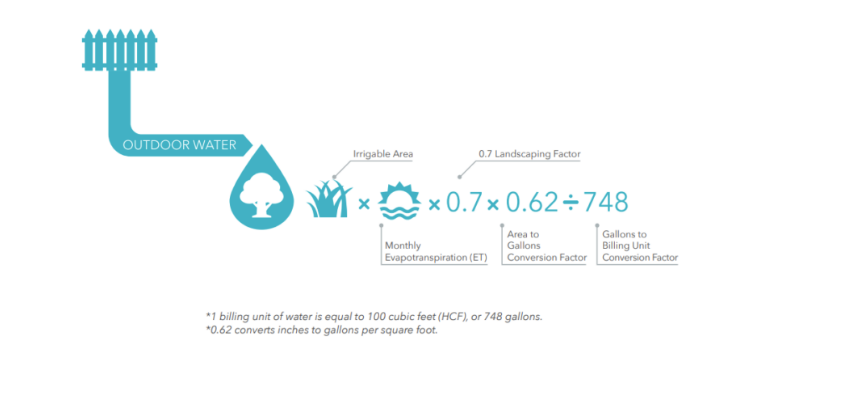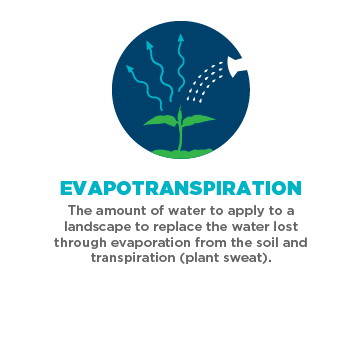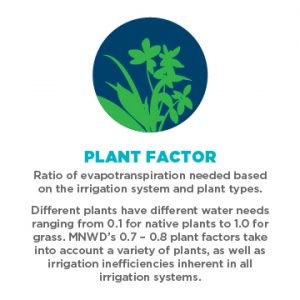Understanding Your Water Budget
Understand how Moulton Niguel’s water budget based rates are designed to allow for efficient water use based on your personalized needs.
We All Use Water Differently
That’s why Moulton Niguel creates a customized monthly water budget for each customer. Below is a breakdown of how Moulton Niguel calculates indoor and outdoor water usage for residential and commercial customers. To understand how changes in your water use can affect your monthly bill, visit our Bill Calculator web page.
The Moulton Niguel Water District approved new rates in January 2022. Read our 2021 Prop 218 notice for detailed information.
COMMERCIAL
RESIDENTIAL & COMMERCIAL
For more information about your water budget, please contact the Moulton Niguel Water Efficiency Department at (949) 448-4025.








